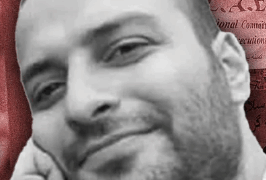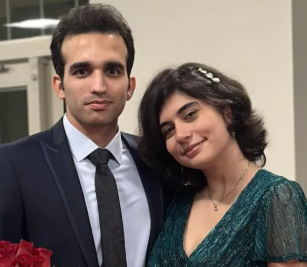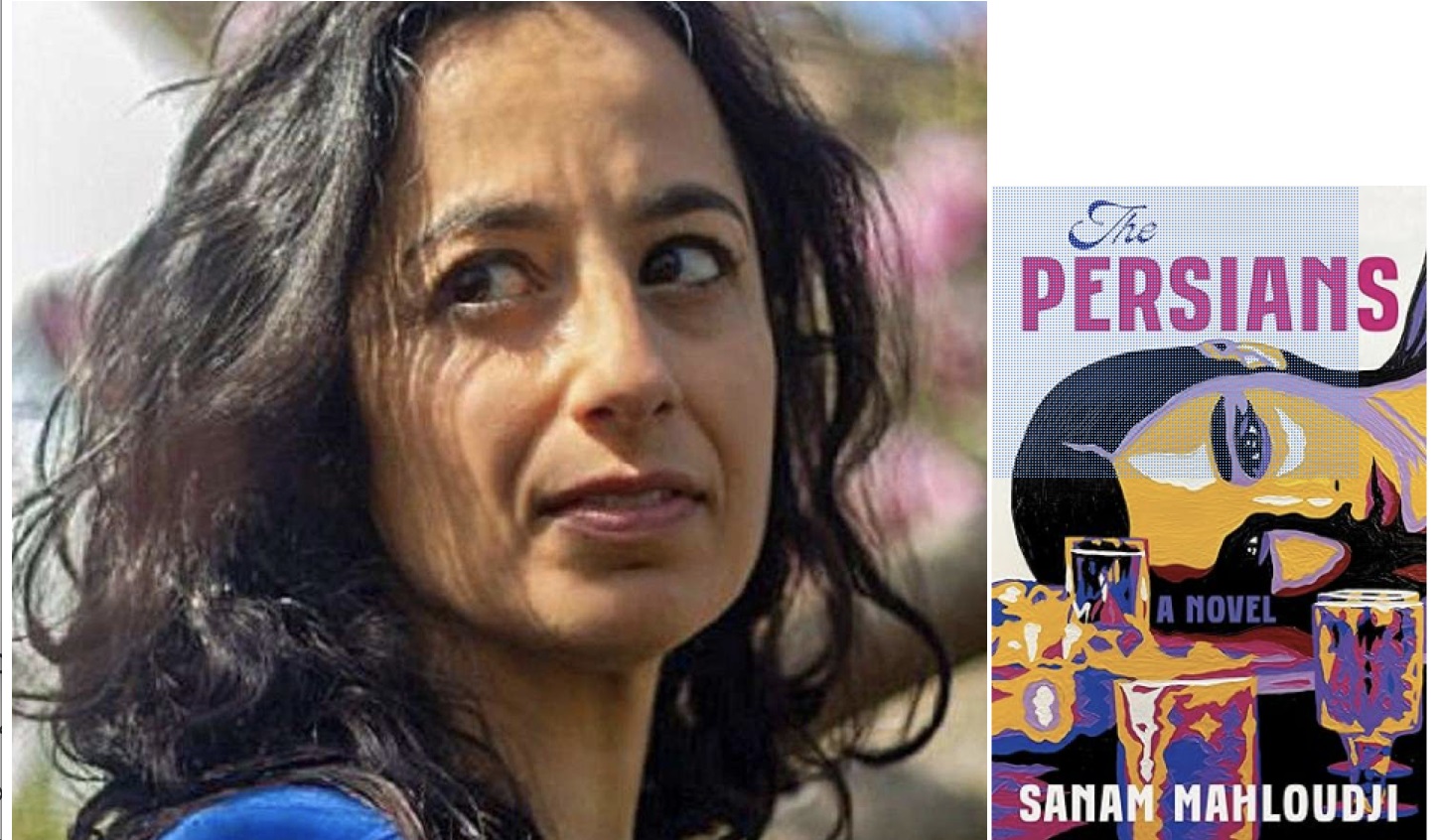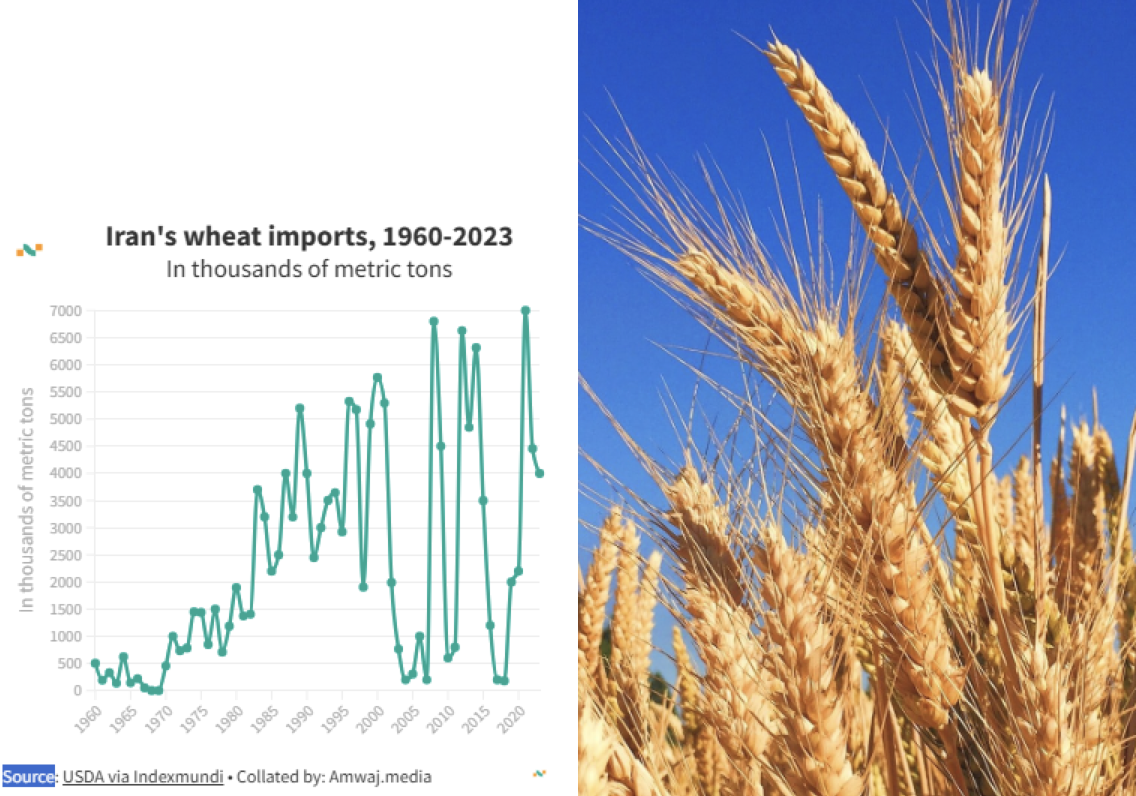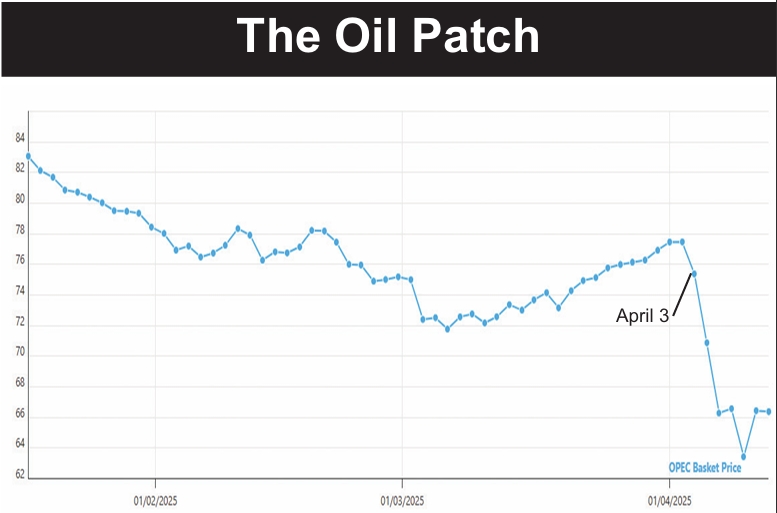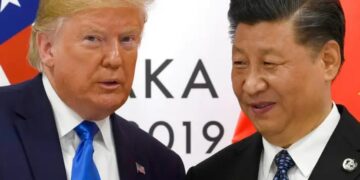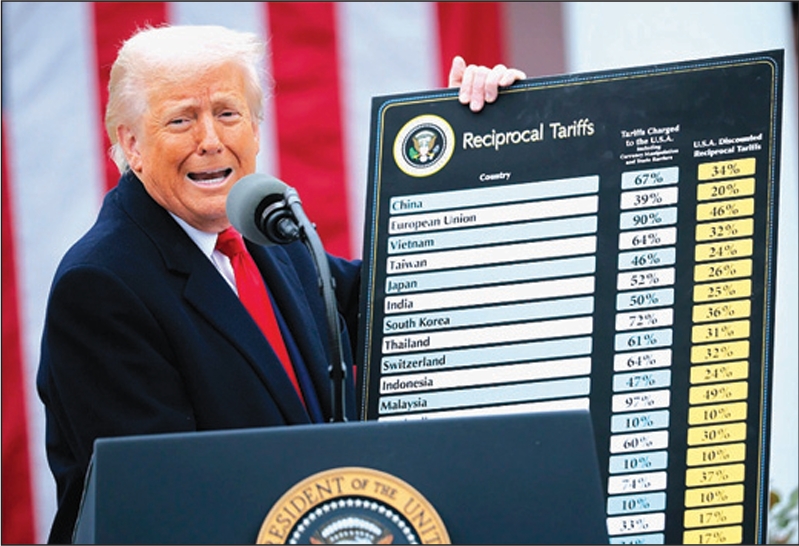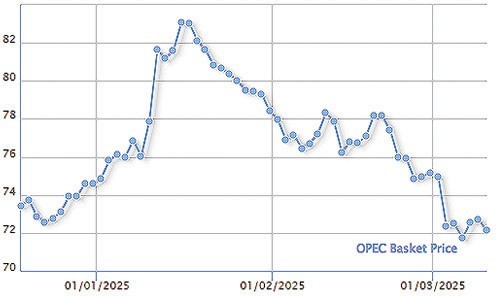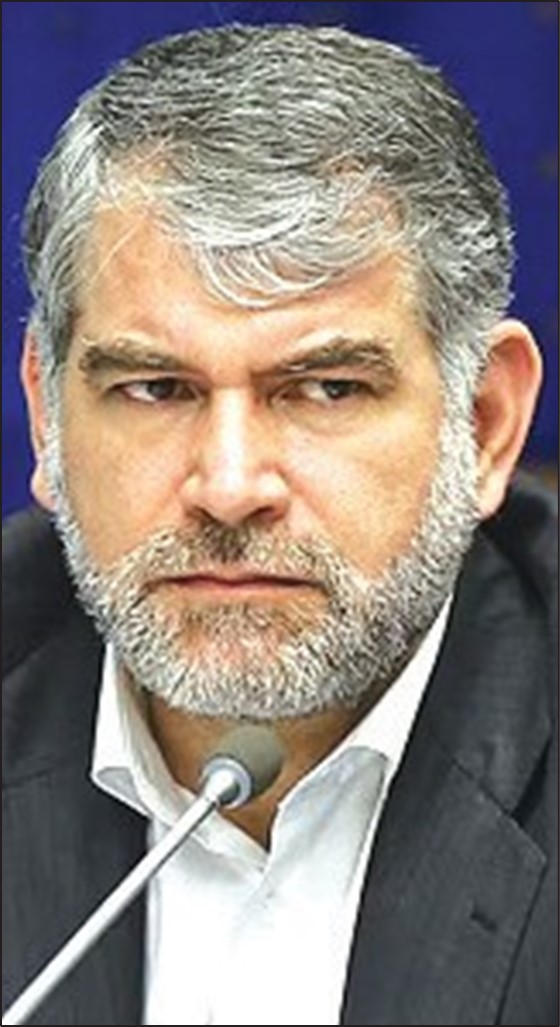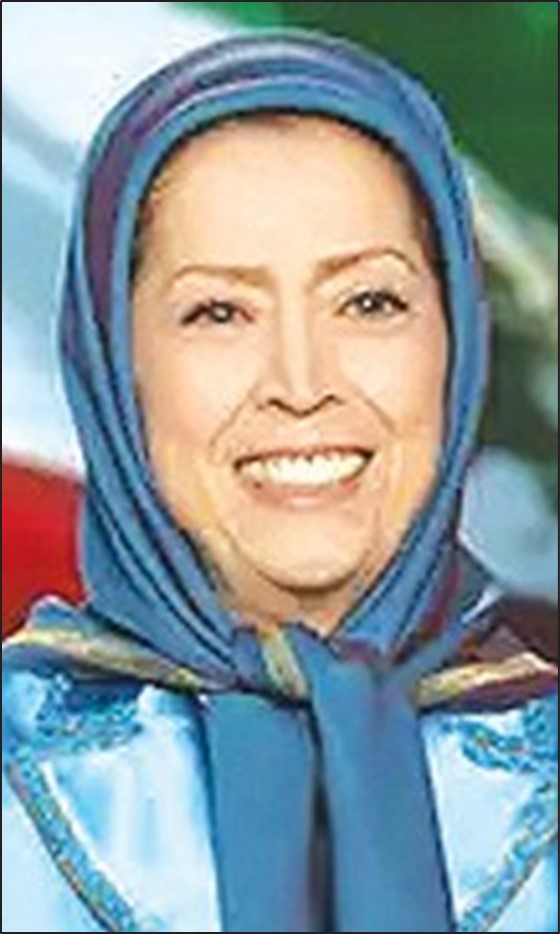The art of drawing caricatures in the Iranian press can be traced back to the Constitutional Revolution (1905-11). From then to today, there have been several phases of greater freedom of expression during which the art of satirical drawing reached a peak, and phases of repression stifling critical expression.
As noted in the Gol Aqa magazine, it is impossible for Iranians today to get any idea about the so called karikaturha-yi matbu‘ati – caricatures that were published in newspapers and magazines to comment on daily issues – between 1953 and 1975. Especially the 1960s and 70s were Ardeshir Mohassess’ (1938-2009) most active years in Iran. For caricaturists like him, the only kind of expression was that of karikaturha-yi bedun-i sharh or karikaturha-yi namayeshgahi. These are caricatures which are intelligible without references to particular current events and open to various interpretations; some were published in the pre-revolutionary magazine Toufiq, which Iranians today chiefly remember because of various articles and contributions about pre-revolutionary Iranian satire in the recently published Gol Aqa magazine.
Mohassess as well as Kambiz Derambakhsh (b.1942) were well established in the field of Iranian political caricature before the revolution in 1979. Both used among others the style of classic Persian miniatures for their critical drawings. Mohassess also made the style of the illustrations of Qajar lithograph prints suitable for political caricature. Thus, the 1999 Gol Aqa Yearbook noted that both Mohassess and Deram-bakhsh have a distinctive Iranian style.
Until 1976, Ardesir Mohassess had numerous exhibitions in Iran and won many prizes. Because his illustrations of newspaper articles also invited open interpretation and angered the authorities he had to leave Iran in 1976.
In exile in the USA he continued working as caricaturist, also commenting on Iranian issues. He presented his works, e.g. in The New York Times and in leading graphic art magazines in Germany, Switzerland and Japan. At the end of the 1980s, several collections of his works were published abroad. Thus, a broad audience of non-Iranians became acquainted with his art.
Some of his works were presented in an exhibition in the Museum of Modern Arts, New York, in 2006. Two years later, the Asia Society in New York organised another exhibition of Mohassess’ satirical illustrations and cartoons to “increase awareness of the complexity of modern history and life in Iran.” Far from Iran, Mohassess never lost his interest in Iranian politics and society. Even from a distance, he expressed his ideas and feelings about Iran in his unique style, without being bound by the taboos of post-revolutionary Iranian society.
As former US Attorney General Ramsey Clark has noted, a characteristic of Mohassess was that he did not describe events, but rather filtered his ideas through culture; in Ali Banuazizi’s words, rather than characterizing particular individuals or situations, Mohassess wanted to show a universal essence shared by all. Thus, he thought of himself as a portraitist of facts and painter of history. Another trait of Mohassess is his inimitable style, a combination of various Western and Iranian art forms such as folk art, primitive art or, as already mentioned, the art of Persian miniature painting and illustrations from 19th century lithograph prints.
The book under review sheds further light on the life of this outstanding artist. It includes an interview with Mohassess conducted in 1973 by the poet Esmail Kho’i and some biographical remarks by Hamid Dabashi, who emphasizes Mohassess’ strong relationship to Iranian intellectuals and poets as well as his acute political and cultural awareness. Hence, the book gives the reader a taste for Mohasses’ work from the pre-revolutionary period 1976-1979 and the period of exile 1980-2000. A list of the presented works, a table of biographical data, and a selected bibliography complete the publication under review.
One might ask: Why publish another book of Mohassess’ drawings? From the new book, the reader gets an idea of the creative spectrum of Mohassess’ works, selected by two internationally established Iran-born visual art professionals, Shirin Neshat and Nicki Nojoumi; also, in contrast to other publications, the works are arranged in chronological order as part of various private collections.
Furthermore, the book features copies of the original sources of Mohassess’ drawings with personal handwritten notes. Some of these vary from former printed collections. The print of the book Closed Circuit History (1989), for instance, is not of very good quality and the works it presents contain small modifications in comparison with the original, which is published in the book under review. Thus, one may conclude that many of these originals were changed in the final version; they were given a lithographed frame and were arranged as a collage.
The drawing with the note “Father’s Day,” for instance, in the former edition contains additional smaller figures of men (peasants, administrators, clerics) drawn with simple lines, who are situated on the silhouette of a faceless woman in a chador with an oversized rose that seems to rise from her head.
The present book also contains lesser-known works by the artist from the 1990s and 2000s which differ in style. The drawings are printed at a quality so high that many details, such as the conduction of particular lines or even differences in the quality of paper, are apparent. Thus, one can distinguish, e.g., collages or other individual marks of the artist.
In Iranian society today, the pre-revolutionary artist Deram-bakhsh is (again) present and widely known as a caricaturist, whereas Mohassess seems to have been forgotten especially among the younger post-revolutionary generations. We find only small references to him in the Gol Aqa magazine, which, since 1990, has developed into an institution for Iranian satire and caricature. Because of Mohassess’ early emigration from Iran, he was not mentioned by the magazine’s author as part of the later established core of Iranian caricaturists.
After the foundation of the Islamic Republic in 1979, satire and caricature could not immediately build on former norms and standards. Satirists had to develop new modes and codes of expression under the prevailing political and social circumstances. They had to come to terms with new taboos. While written satire came up relatively soon after 1979, in 1984, with the column “Do kalameh harf-i hesab” (A few proper words) by Kiyumars Saberi, for caricaturists the time has still not been ripe enough.
In the course of time, since 1990, primarily through the engagement of the Gol Aqa Institute, caricatures have become officially accepted in the media. In 2005, in a BBC article on Iranian satire, satirist Ebrahim Nabavi criticized that caricatures in Iran before the Khatami era did not express an independent message or opinion. He claims that only after 1997, the year of Khatami’s election as president of Iran, did caricatures develop their own journalistic style.
In a 2008 interview with the online magazine Eja, the young caricaturist Hadi Heydar stated that since then and even after 2005, the caricatures have become more professional in the Iranian press.
However, though some of the caricaturists of the former Toufiq magazine have published their works in Gol Aqa magazine, we find little mention of Mohassess there (an exception is a letter of appreciation he sent in 1999 to the editor of Gol Aqa on the occasion of the magazine’s tenth anniversary.
Even though caricatures as a satirical art form developed in the past two decades, a time in which other forms of satire came into being, such as comics, comic strips and animation films, we can still find limits for critical expression. Thus, despite the fact that Mohassess was one of the most celebrated artists before the revolution – over 15 collections of his drawings and several books on his art have been published in Iran, Europe and the USA – the young generation of Iranians seems to know little about his work.
The editors state that as Mohassess did not simply illustrate newspaper articles, his personal views on Iran could even be “crucially important to our understanding of Iran and its role in the 21st century.” Anyway, the book under review gives a very good idea of Mohassess’ work and techniques. It is obvious that his art – intelligible without references to certain events – is inseparable from Iran’s recent cultural history. Whether Mo-hassess’ art can help to understand Iran’s recent role and to what extend this art is crucial to a general understanding of Iran strongly depends on the reader’s interpretation.
Katja Follmer
Universitat Gottingen


